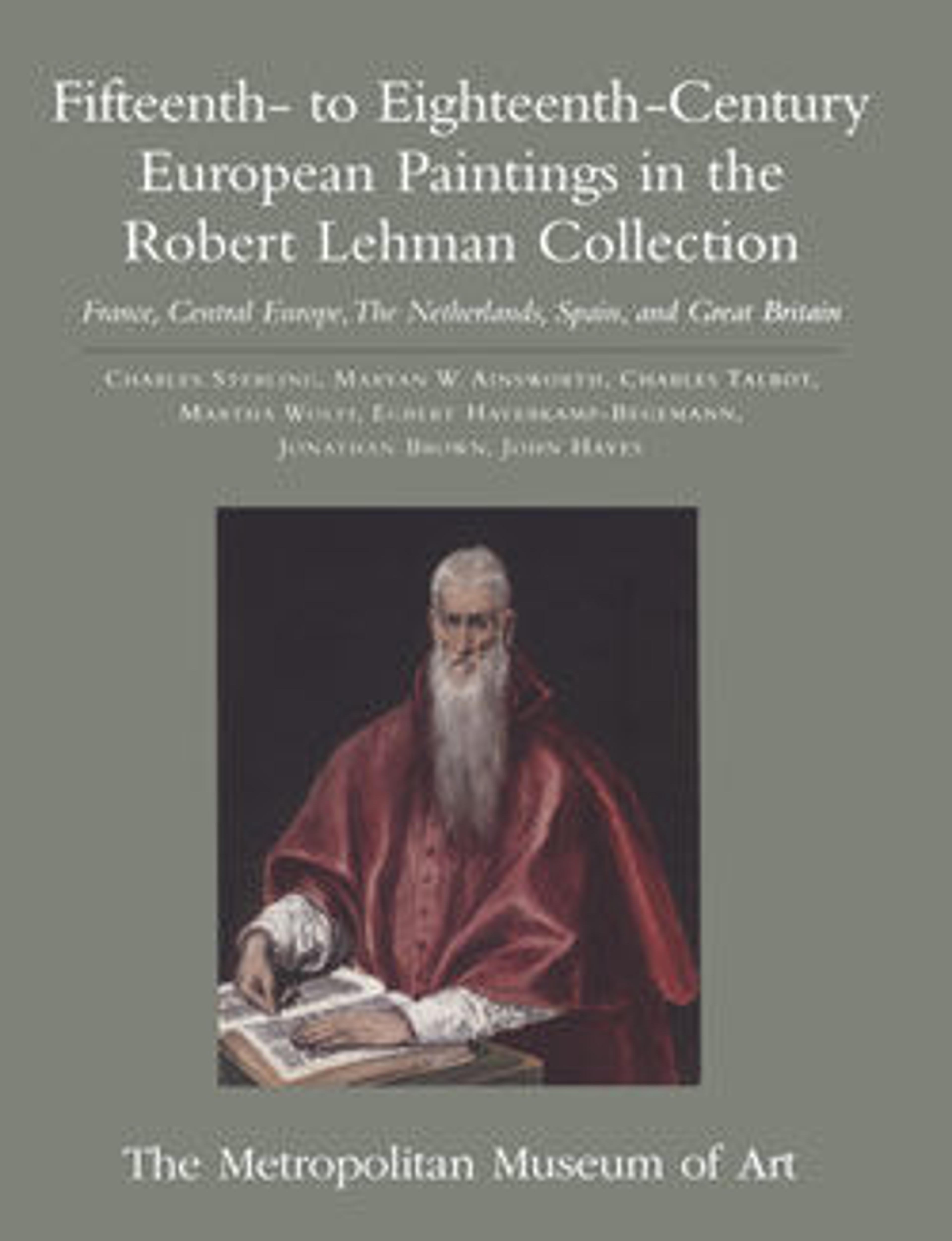Adoration of the Magi
The Adoration of the Magi, a Christian scene wherein kings Melchior, Balthasar and Caspar present gifts to the newborn Jesus, was an oft-depicted subject in the opening decades of the fifteen hundreds. Set into a tripartite frame whose wings feature a text from a prayer to the Virgin, this arch-topped panel emphasizes the three magi’s glittering vessels and garments, highlighting the preciousness of their offerings to the infant Christ. Although this painting combines motifs employed by the so-called Antwerp Mannerists, an inhomogeneous group of sixteenth-century artists, certain elements of the picture suggest a more recent date of creation. Most problematic for a sixteenth-century dating is the presence of Naples yellow and the possible application of Prussian blue, which indicate that the picture was produced in the seventeenth or early eighteenth century. It remains possible, although unlikely, that the anachronistic pigments were added during a later intervention to a completed sixteenth-century picture.
Artwork Details
- Title:Adoration of the Magi
- Artist:Imitator of Netherlandish (Antwerp Mannerist) Painter
- Date:probably seventeenth century
- Culture:Netherlandish
- Medium:Oil on oak panel
- Dimensions:Arched top: 9 1/16 x 5 9/16 in. (23 x 14.2 cm)
- Classification:Paintings
- Credit Line:Robert Lehman Collection, 1975
- Object Number:1975.1.122
- Curatorial Department: The Robert Lehman Collection
More Artwork
Research Resources
The Met provides unparalleled resources for research and welcomes an international community of students and scholars. The Met's Open Access API is where creators and researchers can connect to the The Met collection. Open Access data and public domain images are available for unrestricted commercial and noncommercial use without permission or fee.
To request images under copyright and other restrictions, please use this Image Request form.
Feedback
We continue to research and examine historical and cultural context for objects in The Met collection. If you have comments or questions about this object record, please contact us using the form below. The Museum looks forward to receiving your comments.
